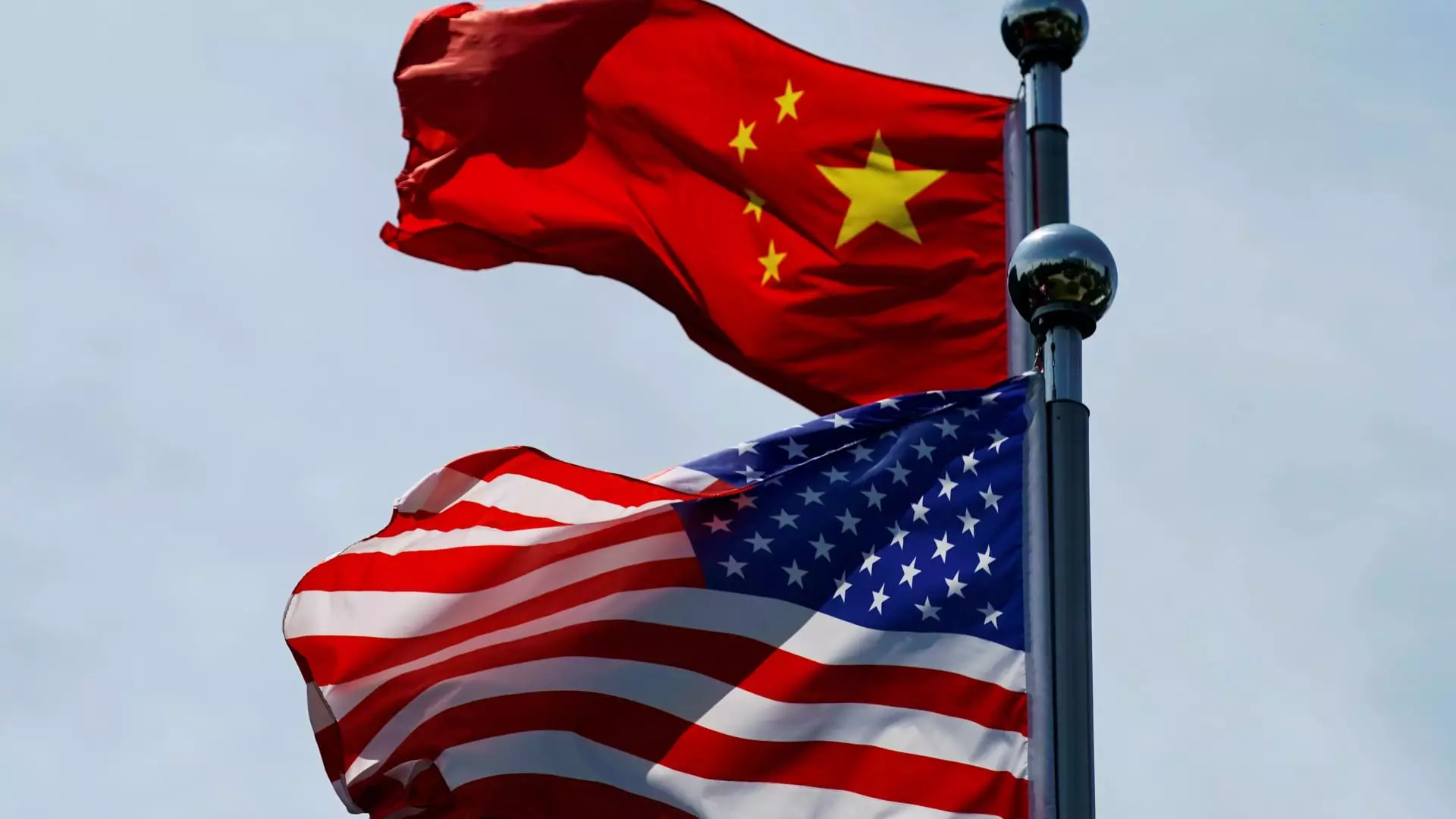The landscape of global industry is changing dramatically, and at the heart of this transformation lies a critical component: rare earth elements. These materials are the lifeblood of modern technology, powering everything from electric vehicles to advanced weaponry. A recent high-profile conversation between the U.S. and Chinese leadership has brought this issue to the forefront of international relations, revealing the precarious balance both nations must maintain in the realm of global supply chains. In particular, China’s tightening grip on rare earth exports has raised alarm bells not just in Washington, but across Europe and beyond.
Despite expectations following a reported trade agreement between the U.S. and China, Beijing’s commitment to curtail international sales of rare earth elements remains steadfast. The implications of this initiative are significant: businesses reliant on these materials are warning of imminent production halts, primarily in industries critical to the automotive sector and high-tech manufacturing. It becomes evident that the global community is witnessing a strategic game where both resources and politics intertwine in complex and often surprising ways.
Understanding China’s Export Controls
Recent measures enacted by China shed light on its motivation behind restricting rare earth exports. Announcing new controls on seven rare earth elements, China has positioned itself not only as a dominant force in the global market for these resources but also as a player willing to leverage its position for political gain. This situation begs the question: Are these moves purely economic, or do they serve as strategic pressure points in the U.S.-China relationship?
Interestingly, the long-anticipated conversation between Presidents Xi Jinping and Joe Biden failed to yield clear outcomes regarding the rare earth situation. Although both parties indicated a willingness to cooperate, the failure to specify rare earths in their discussions reflects the nuanced and often opaque nature of international diplomacy. Tepid communication may indicate that both countries are aware of their respective vulnerabilities and are strategizing accordingly, balancing harsh regulations against the threat of economic calamity.
The Ripple Effect on Global Industries
The ramifications of China’s export restrictions extend far beyond American borders. European manufacturers, specifically in the automotive sector, have already felt the chill of dwindling rare earth supplies, with some companies halting production entirely. Reports from industry groups indicate that these restrictions threaten to disrupt well-established supply chains, leading to potential layoffs and financial instability across multiple sectors. The gravity of the situation cannot be overstated: entire economies may slump, and international alliances could fray as nations scramble to secure alternative sources of these essential materials.
As revealed in a survey by the American Chamber of Commerce in China, a staggering 75% of businesses rely on timely access to rare earths to sustain their operations. This statistic underscores the palpable tension within the global marketplace, where a single region’s policy changes have far-reaching consequences. The interconnectedness of today’s markets means that decisions made in Beijing can unleash shockwaves in Europe, North America, and beyond.
Technological Implications and Future Outlook
The dialogue surrounding U.S.-China relations hinges on more than mere tariffs; it encompasses an intricate web of technological exchanges and the flow of critical minerals. Experts like Jianwei Xu point out that non-tariff issues related to technology and rare earths are where both nations may find common ground. The paradox becomes clear: to fix the immediate crisis and facilitate smoother commerce, both countries must embrace cooperative measures, even in the face of geopolitical rivalry.
The technological underpinning of rare earths cannot be overlooked. These materials are pivotal for innovation in clean energy, aerospace, and military applications. A shortage not only hampers production lines but also stifles technological advancement. It is essential for the U.S., Europe, and other stakeholders to explore alternatives—whether through developing domestic supply chains or investing in recycling technologies to reclaim these precious materials from used products.
A Path Forward: Cooperation or Confrontation?
As the global race for rare earths intensifies, the question remains whether nations will embrace cooperation or deepen conflict. Each country’s efforts to gain an upper hand—with policies and restrictions—could lead to retaliatory measures that trigger an escalation of trade tensions. Responses from industries affected by these decisions will also shape the future landscape of international supply chains, and businesses must adapt swiftly to mitigate risks.
In this critical juncture, fostering open dialogues and establishing transparent frameworks for resource sharing may prove essential for avoiding a full-fledged trade war. The stakes are high, and the outcomes of these decisions will determine the resilience of global supply chains for years to come. As countries grapple with the realities of a rapidly shifting economic environment, the world watches closely—awaiting proactive solutions to avert potential disasters.

